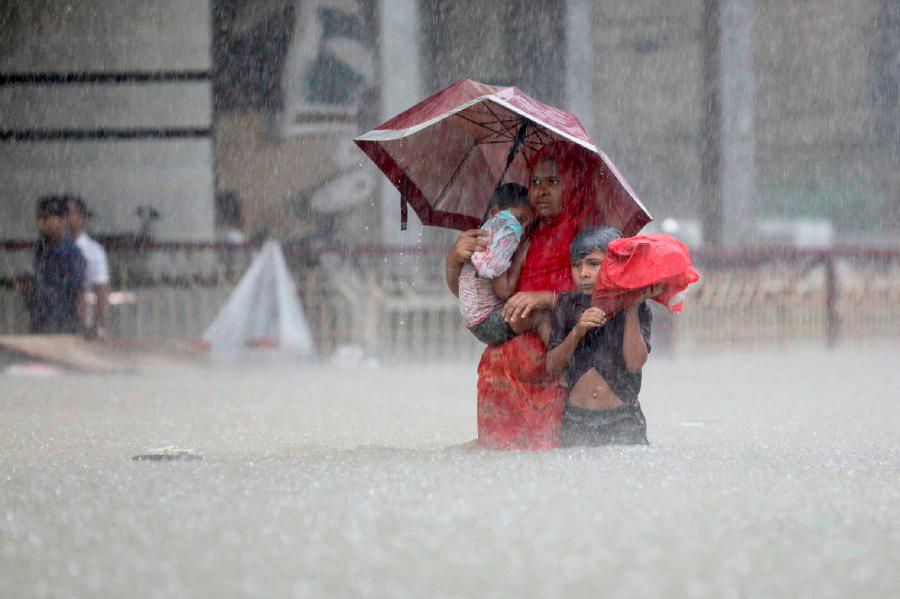DHAKA: The floods in the greater Noakhali region in southeastern Bangladesh have affected millions of people and displaced tens of thousands.
The worse-than-usual seasonal floods were caused mainly by floodwater from India through several rivers which travel through the region.
In the greater Noakhali region which predominantly includes the districts of Noakhali, Feni and Lakshmipur in Bangladesh, more than 2 million people are now stranded, with many areas severely affected.
Dewan Mahbubur Rahman, deputy commissioner and district magistrate in Noakhali district, told Xinhua Wednesday that around 2 million people were affected by floods merely in the Noakhali district.
He said the entire situation is extremely grim as floodwaters through the Muhuri River in Feni coupled with downpours of days continue to rise.
Musammat Shahina Akter, deputy commissioner and district magistrate in Feni district, told Xinhua Wednesday that the Muhuri River which flows into Bangladesh from India suddenly flowed above the danger line, aggravating the entire flooding situation in Feni and other districts in the region.
“Vast swathes of Feni have now been inundated by the worst flooding in decades, affecting at least 250,000 people and leaving one dead so far,“ said the official.
Officials said hundreds of thousands of homes in Noakhali’s neighbouring Cumilla district have also been inundated and electricity has been cut.
Floods reportedly caused widespread damage to habitation, crops, roads and highways across vast swathes of the greater Noakhali region. The water level at most points of key Gumti, Muhuri, Kohua and Silonia rivers which are running through the districts have burst their banks and continued to flow above the danger level Wednesday.
TV reports showed that wide areas of land are under water in parts of the northeastern Sylhet region of Bangladesh where floods also caused widespread damage to habitation, crops, roads and highways.
Authorities have rushed teams of disaster response force to carry out rescue operations, distribute relief materials and supervise centres where tens of thousands of people have taken shelter.
Members of the Bangladesh Army, Border Guard Bangladesh, Coast Guard, fire service and police and other security personnel are carrying out rescue operations.









